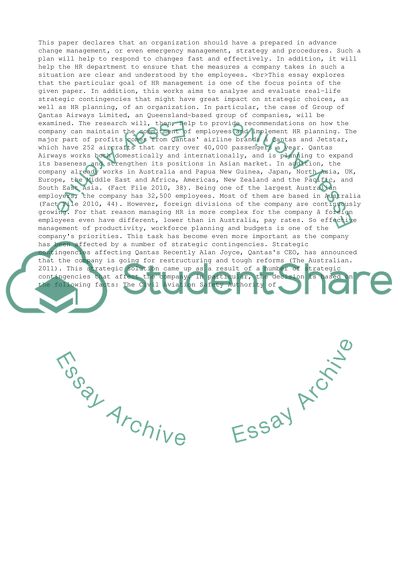Cite this document
(“Strategic Contingencles Affecting the Strategic Choices That Qantas Essay”, n.d.)
Retrieved from https://studentshare.org/business/1430259-organsiation-behavior
Retrieved from https://studentshare.org/business/1430259-organsiation-behavior
(Strategic Contingencles Affecting the Strategic Choices That Qantas Essay)
https://studentshare.org/business/1430259-organsiation-behavior.
https://studentshare.org/business/1430259-organsiation-behavior.
“Strategic Contingencles Affecting the Strategic Choices That Qantas Essay”, n.d. https://studentshare.org/business/1430259-organsiation-behavior.


